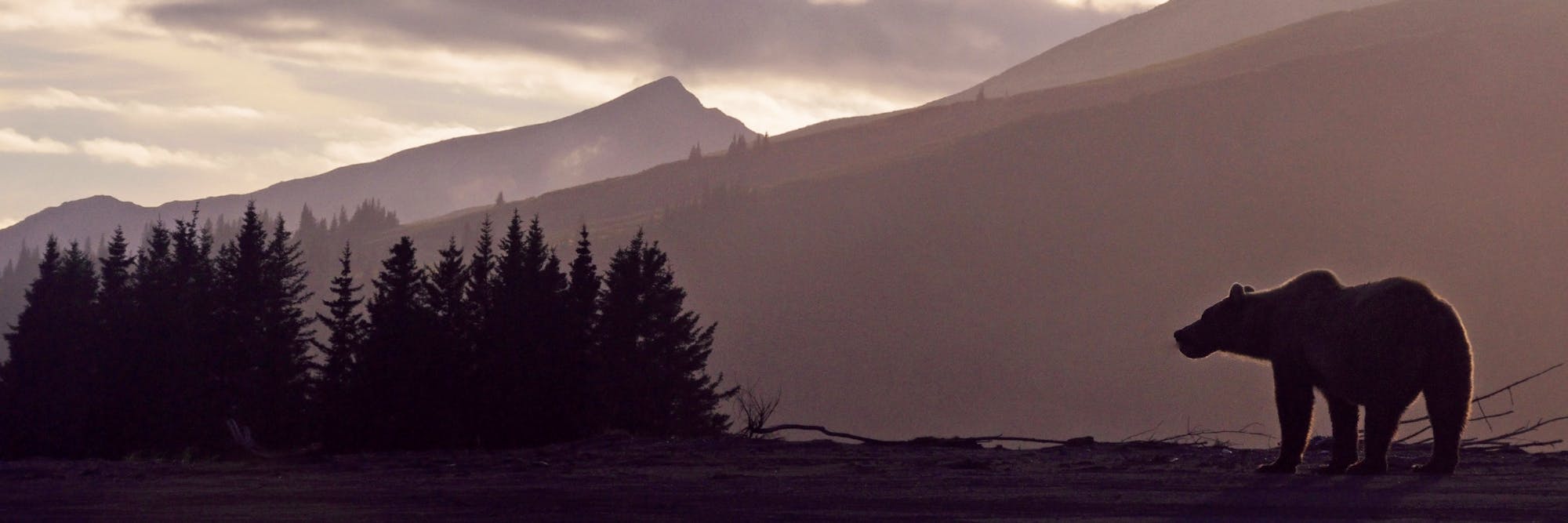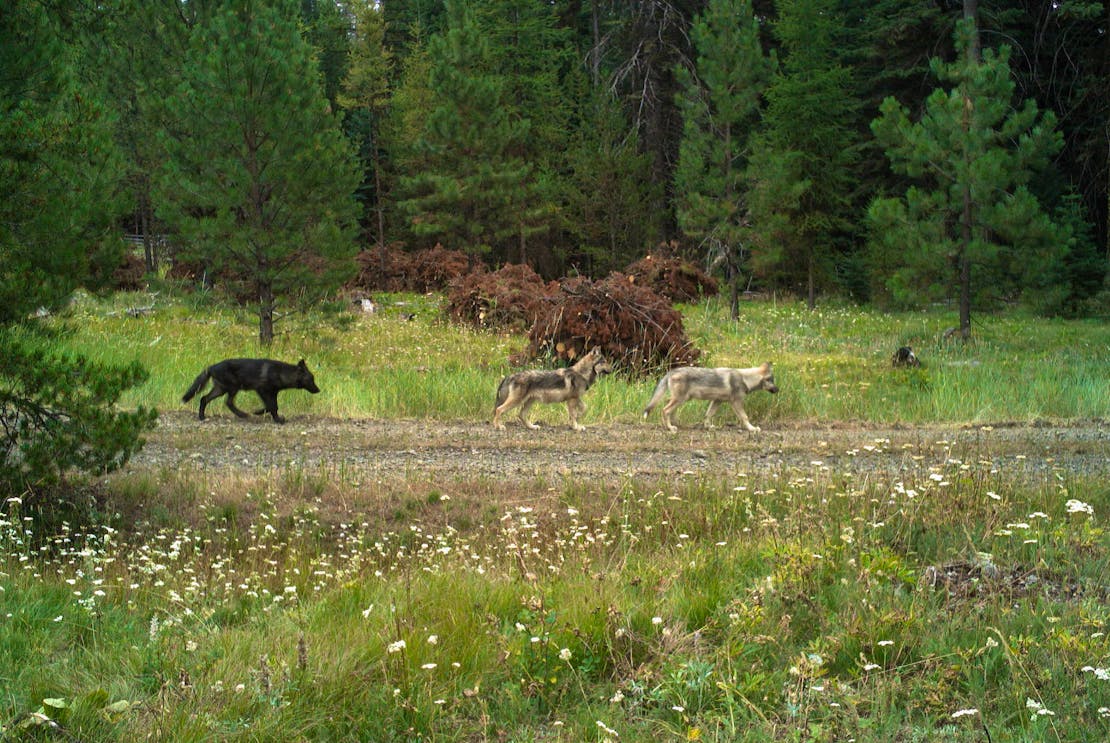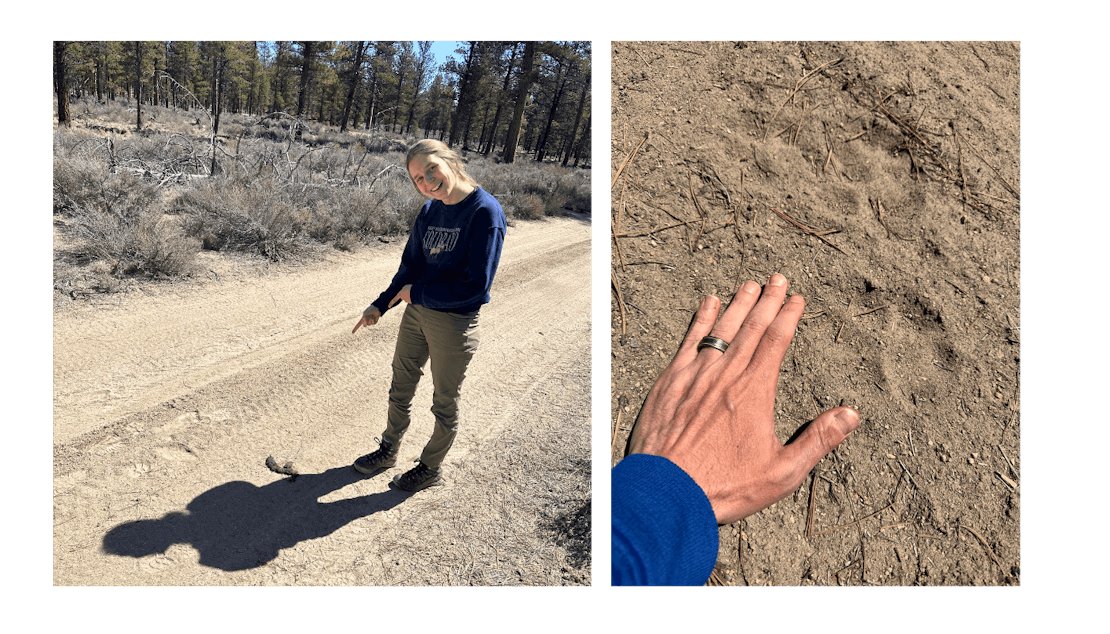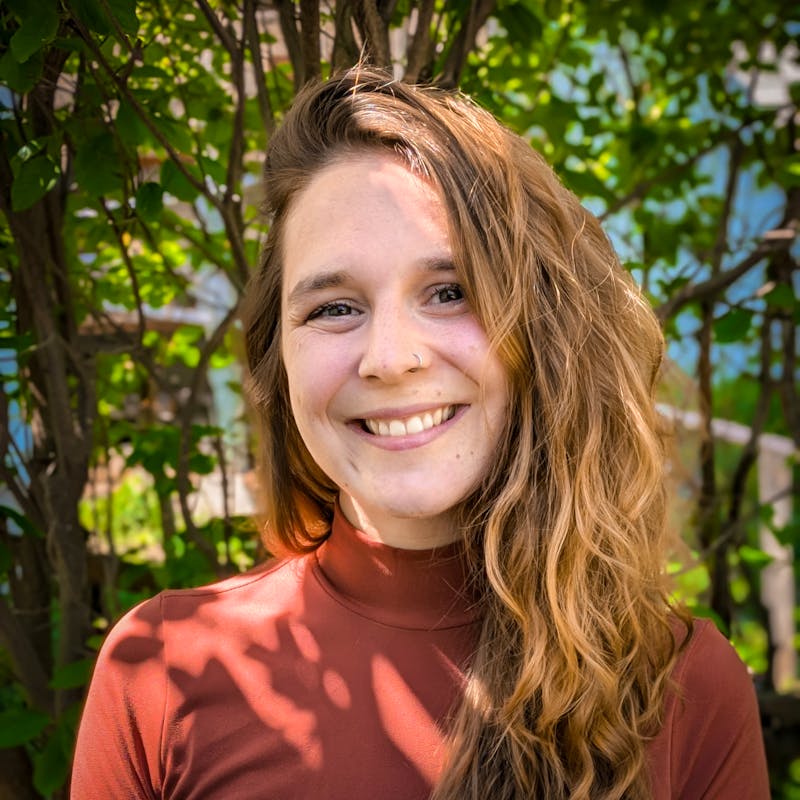Much of our work to protect wildlife is done from a desk and behind a computer screen, reading through legislation and advocating for the best policy. It’s also done at outreach events, educating and engaging the public. Or, in the field, implementing non-lethal tools in communities and restoring wildlife habitat. All the work, irrespective of where it takes place, has to come together for the collective efforts — for conservation — to succeed.
Fieldwork is at the heart of Defenders of Wildlife’s mission, helping to drive our advocacy efforts and create a more habitable world for wildlife. We work alongside agency staff, community members, partner organizations and ranchers in the remote and less traveled areas of Oregon and Washington. From spending a day in the field with a wolf biologist — learning about the different tools available to study Oregon’s growing wolf population and prevent wolf-livestock conflicts — to installing an electric fence to keep bears from rummaging through compost, our field work reinforces the importance of showing up for the people who live and work alongside wildlife.
Working Together to Recover Wolves
As of 2024, Oregon’s wolf population grew to 204 wolves across 25 packs, marking a 15% increase from the previous year. While this is a great improvement, there is a long way to go for wolves to reach full recovery in the state. To start, reducing conflicts between wolves and livestock is crucial. Continued recovery is only possible through strong partnerships between wildlife managers, ranchers, Tribal governments, conservationists and local communities.
On a field trip to central Oregon, we met with a biologist from the Oregon Department of Fish and Wildlife who is working to study and recover wolves. Wolf biologists take special care as they scout and set live traps to capture recovering wolves in this area. Trapping and collaring wolves is a critical part of modern wolf management. Radio collars provide biologists with essential information about pack territories, travel routes, denning areas and livestock conflict hotspots. During our time with the biologist, we got hands on time with the radio collars and other tools they use to help us better understand how they work and their limits.
Data collected by biologists helps inform Defenders’ proactive strategies to reduce conflict, protect livestock and support healthy wolf populations. It also helps the public build a better understanding of how wolves use the landscape in regions like Western Oregon, where the re-establishment of wolves is relatively new.
Fencing Benefits Bears and People
Heading straight due north to the rugged mountains of the North Cascades of Washington, there is a thriving black bear population and the possibility for a grizzly bear population in the near future. All bears are prone to conflicts with people because of their need to acquire a sufficient fat layer to survive the winter months, when they enter a state of torpor and do not eat, urinate or defecate. Bears spend summer months, therefore, eating as many calories as they can, of which human food sources offer the least amount of effort for a big caloric reward.
Let’s give some perspective on this: if you needed to gain at least 20% body fat in as little as five months, would you rather eat huckleberries at 166 calories per pound, or chocolate chip cookies at 3,200 calories per pound? I bet you would choose the latter.
A human dominated landscape — full of unsecured attractants like trash, birdseed and chickens — offers up a veritable buffet table for bears and in doing so puts them in potential conflict with people and communities. But bears are just being bears, so it is our responsibility to ensure there aren’t any potential food sources sitting around unprotected.
Fortunately, we have several methods to minimize conflicts with bears. One is installing electric fencing around areas we want to keep free of bears. This simple solution and effective tool teaches bears, in the form of a small shock, that the attractants behind the fence are not worth the trouble. The Northwest Program is dedicated to keeping the North Cascades ecosystem a wild place for bears to thrive in, which is why we assisted a local community-based nonprofit with the design and build of an electric fence around a compost facility. The end result? A win-win for both bears and people.
Conservation Succeeds When We Work Together
Our field work reminds us conservation succeeds when it’s rooted in local relationships, hands-on projects and community-driven solutions. Whether it’s hanging Bear Aware posters in a rural grocery store, building electric fences or gathering a community to learn about coexistence tools, field work gets results for wildlife.
The future of wildlife and the wellbeing of the communities sharing these landscapes depends on us all working together. If you are looking to take part and help us save wolves, bears and other wild animals, please share stories like this and information about the tools proven to keep wildlife and people alike safe. If you are able, you can also support Defenders to help us further this work in the Northwest and across the United States.














